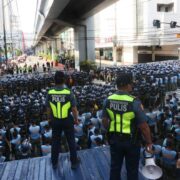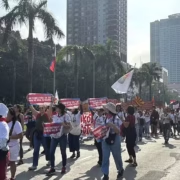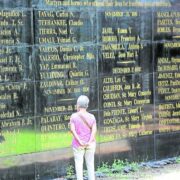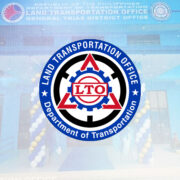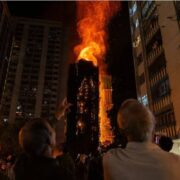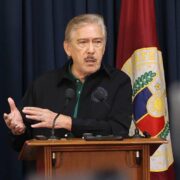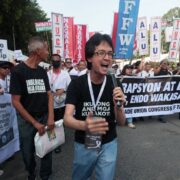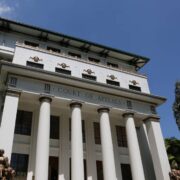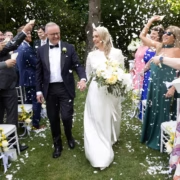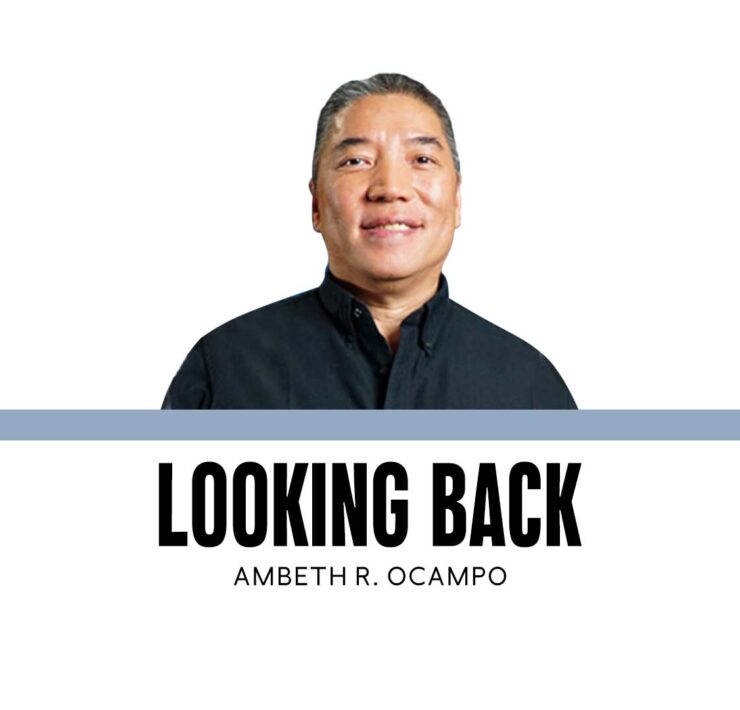Edsa’s shining moment
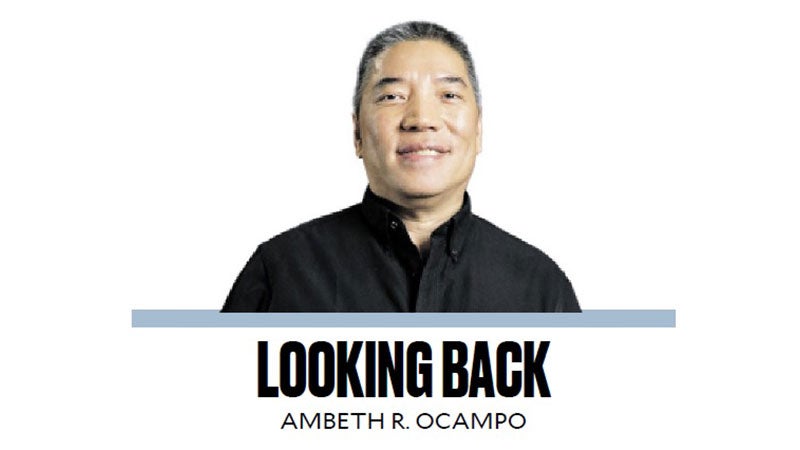
Much of what appears in my social media feeds, either for or against the events of Edsa 1986 is drawn from fleeting memories. For my current undergrad students, all these happened in the last century. To them, Edsa 1986 is as distant as the 1896 Philippine Revolution. There are posts, like those of historian Jose Victor Torres, that provide a chronology to enable a younger generation to know that contrary to fake news online, the first Marcos administration did not preside over a “Golden Age” in our history. If this was so, if this was true, Edsa would not have happened as it did.
There are many reasons why Filipino memories are short on history. While there is a lot of literature on the period, most of these are written by academics for academics. The data does not trickle down from the refereed journal articles to the general public where they also belong. Primary sources for the period are not readily available. Where are the papers of the main actors in the events of Edsa? If these exist, are they accessible to historians and journalists? Newspapers of the period are not even available online. The New York Times is completely searchable by name, topic, or date on a platform called “Times Machine” that goes way back to the first issue of Sept. 18, 1851. For Philippine newspapers, one must visit the newspaper morgue or rely on microfilm copies in university libraries. Even then, there are many gaps.
While a lot of material on Edsa from the perspective of the United States government has been uploaded, Filipino historians still need to visit Washington to pore over physical material not available online. Remember that on Feb. 25, 1986, Corazon Aquino took her oath as president at Club Filipino, while Ferdinand Marcos Sr. did the same in Malacañang. The Philippines had two presidents, and the US broke the tie by evacuating the Marcoses from Malacañang, bringing them to exile in Hawaii, and recognizing the government of Corazon Aquino as the rightful president.
In a now declassified State Department cable Washington on the “anticipated inauguration of President Marcos on Feb. 25,” Manila was informed that: “if the US is invited to the inauguration, that we will be represented at the First Secretary Level. At the moment, we also have no plan to send a congratulatory message.”
On Feb. 26, 1986, Washington sent a congratulatory message to Vice President Salvador Laurel by cable stating that a signed original was to follow. The letter reads:
“Dear Mr. Vice President:
“I want to extend my warmest congratulations as you assume your duties as Vice President and Prime Minister of the Republic of the Philippines.
“The new government of the Philippines has earned the respect and admiration of the American people not only for the ideals which it espouses, but also for the unequivocal manner in which it has lived up to those ideals in the peaceful transfer of power.
“The President has pledged support and cooperation of the United States as your government begins the hard work of building a stronger and more prosperous Republic of the Philippines. I want to add my own encouragement as you begin this process and assure you of my personal best wishes and support. I recall our visit two years ago in Washington with great pleasure and look forward to more meetings with you.
“Sincerely, George Bush.”
This is the same George Bush who attended the 1981 inauguration of President Marcos. At a Malacañang luncheon, he raised his wine glass to toast the president’s “adherence to democratic principles and processes.” He also pledged US support to the Marcos government clearly, “Our country has deep commitments to the Philippines. We will not leave you in isolation.”
US President Ronald Reagan’s congratulatory letter to Cory Aquino was also sent ahead by cable on Feb. 26 with the signed original to follow:
“Dear Madame President:
“I want to extend my warmest congratulations to you both personally and on behalf of the American People as you assume your duties as the new President of the Republic of the Philippines.
“The events of the past few days have filled us all with respect and admiration. We share the enormous pride you must feel not only in the fact that the will of the Filipino people has been realized, but also in the peaceful way in which the transfer of power was accomplished. Your leadership and your commitment to non-violence have helped to guide your countrymen in the resolution of an extraordinarily difficult problem in a way which does the Philippines honor.
“The United States pledges its support and cooperation as you begin the hard work of building a stronger and more prosperous Republic of the Philippines.”
This was the same Reagan who was torn between supporting Marcos or recognizing Cory.
When one looks back on Edsa 1986, what should be remembered was the triumph of people power, the bloodless revolution, the peaceful transfer of power. That was our shining moment. What happened after is something else. Just like the events in Kawit on June 12, 1898: it was one thing to declare Philippine independence from Spain, and another to work for the emergence of the Filipino nation.
—————
Comments are welcome at aocampo@ateneo.edu
Ambeth is a Public Historian whose research covers 19th century Philippines: its art, culture, and the people who figure in the birth of the nation. Professor and former Chair, Department of History, Ateneo de Manila University, he writes a widely-read editorial page column for the Philippine Daily Inquirer, and has published over 30 books—the most recent being: Martial Law: Looking Back 15 (Anvil, 2021) and Yaman: History and Heritage in Philippine Money (Bangko Sentral ng Pilipinas, 2021).


